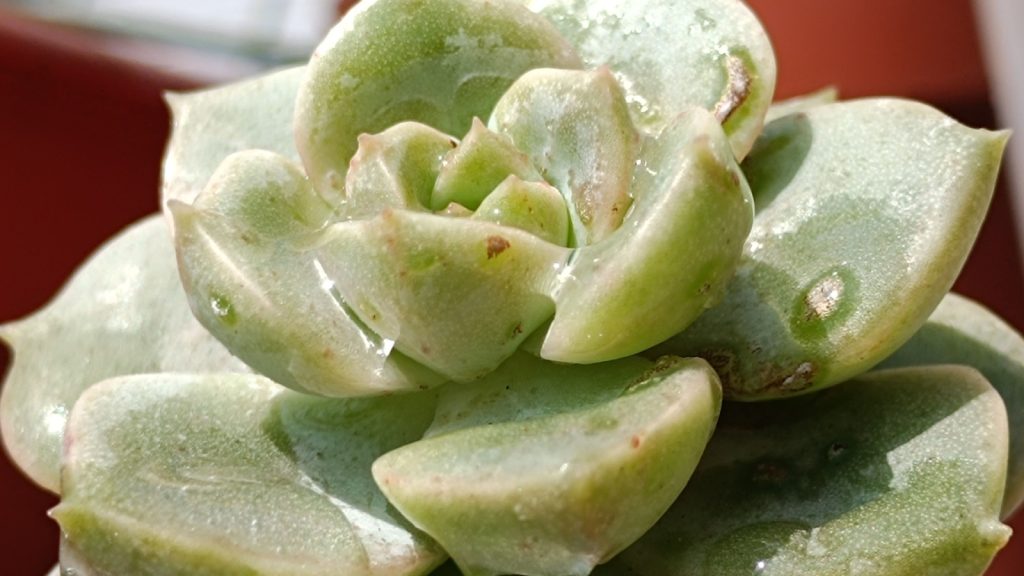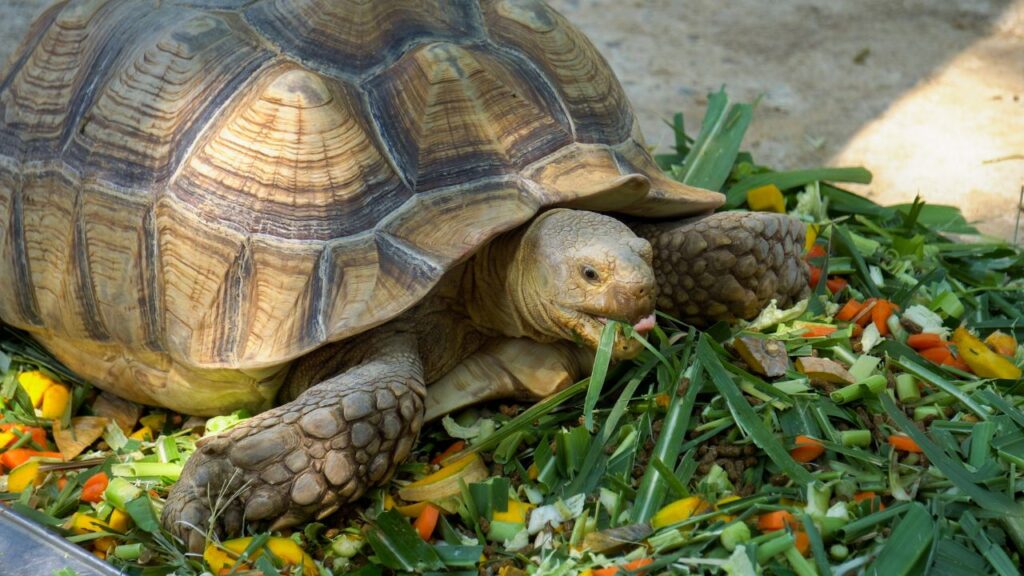Succulents are known for their unique shapes and ability to store water in their leaves and stems. My buddy adores and collects succulents of all kinds. But some of these plants take uniqueness to a whole new level, appearing as if they’ve landed on Earth from another planet. These otherworldly succulents have bizarre forms, unusual colors, and strange textures. From crystal-like structures to tentacle-like appendages, these plants push the boundaries of what we typically expect from Earth’s flora. Whether you’re a seasoned plant collector or just someone who appreciates nature’s oddities, these 15 alien-looking succulents are sure to fascinate and inspire.
Lithops (Living Stones)
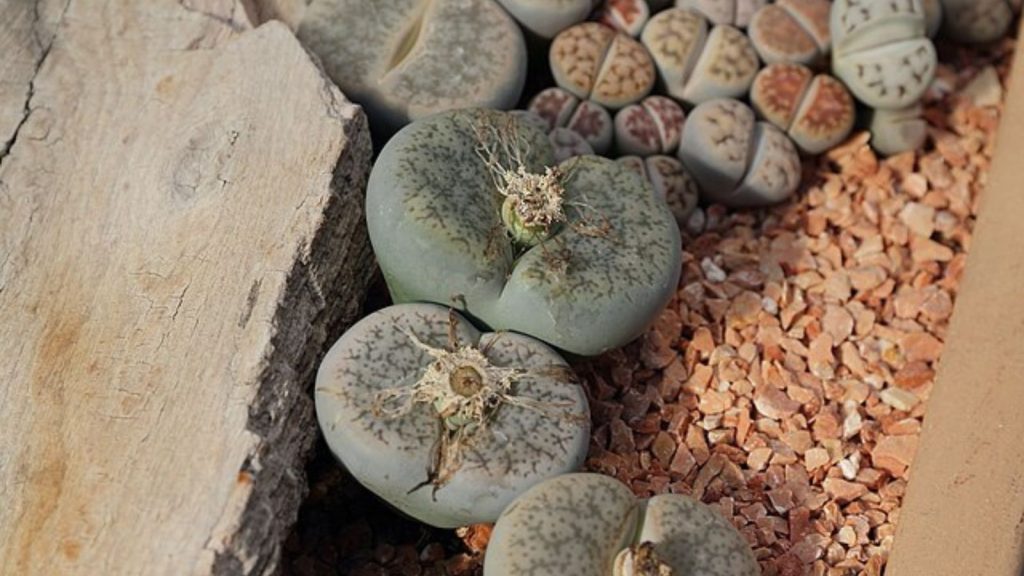
Lithops, also known as living stones, are succulents that have evolved to look like pebbles. These plants have two thick leaves that grow mostly underground, with only the top surfaces visible. Lithops come in various colors and patterns, often mimicking the rocky environments where they naturally grow. Their camouflage helps protect them from herbivores in their native habitats of South Africa and Namibia.
Trachyandra (Spiral Succulent)
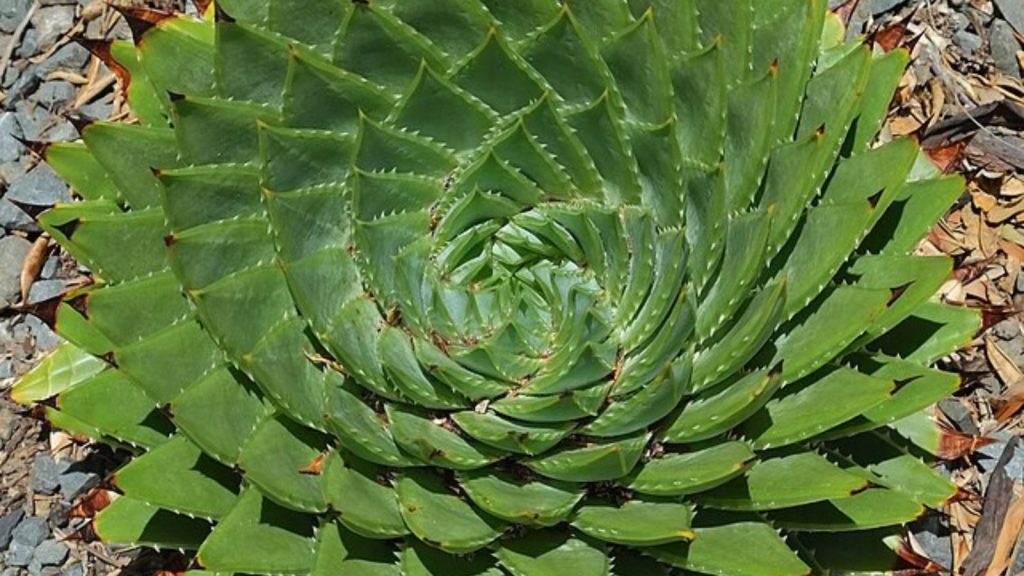
The Trachyandra species, particularly Trachyandra tortilis, is known for its unique spiral leaves. These curly, ribbon-like leaves twist and turn, creating an otherworldly appearance. Native to South Africa, these plants can grow quite tall and are often mistaken for art pieces rather than living organisms. Their unusual shape makes them a favorite among collectors of weird and wonderful plants.
Euphorbia Obesa (Baseball Plant)
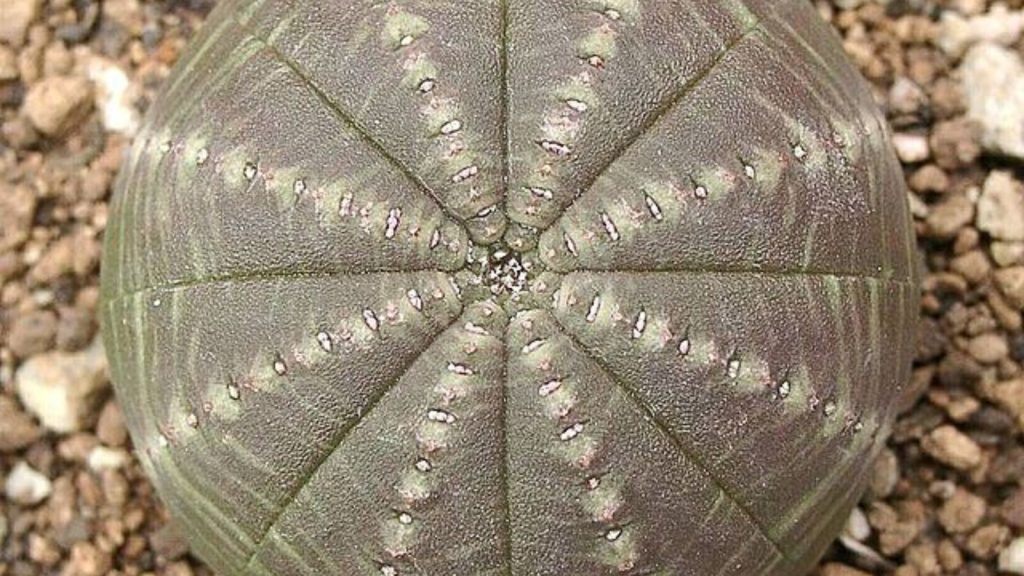
The Euphorbia obesa, commonly called the baseball plant or basketball plant, is a perfect sphere when young. As it ages, it may develop a slightly cylindrical shape. This succulent’s round body is divided into eight sections, each featuring subtle vertical stripes. Native to South Africa, the baseball plant has adapted to store water efficiently, allowing it to survive in harsh, dry environments.
Dioscorea Elephantipes (Elephant’s Foot)
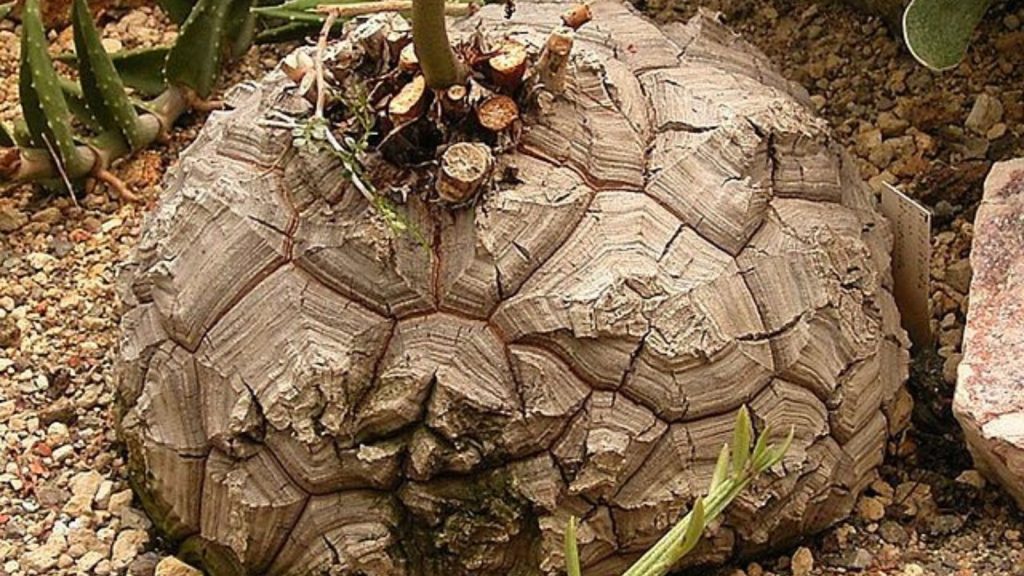
The Dioscorea elephantipes, or elephant’s foot, is a succulent that develops a large, woody caudex (stem base) that resembles an elephant’s foot or a turtle shell. This bizarre-looking plant can grow to be quite large, with the caudex reaching several feet in diameter. During the growing season, it produces long, thin vines with heart-shaped leaves, adding to its unusual appearance.
Conophytum Bilobum (Living Pebbles)

Conophytum bilobum, another member of the “living stones” family, looks like a cluster of small, split pebbles. Each “pebble” is actually a pair of fused leaves with a small slit at the top, through which flowers emerge. These plants come in various colors, from green to purple, and often have speckled or mottled patterns. Their unique appearance makes them look more like alien eggs than plants.
Crassula Buddha’s Temple
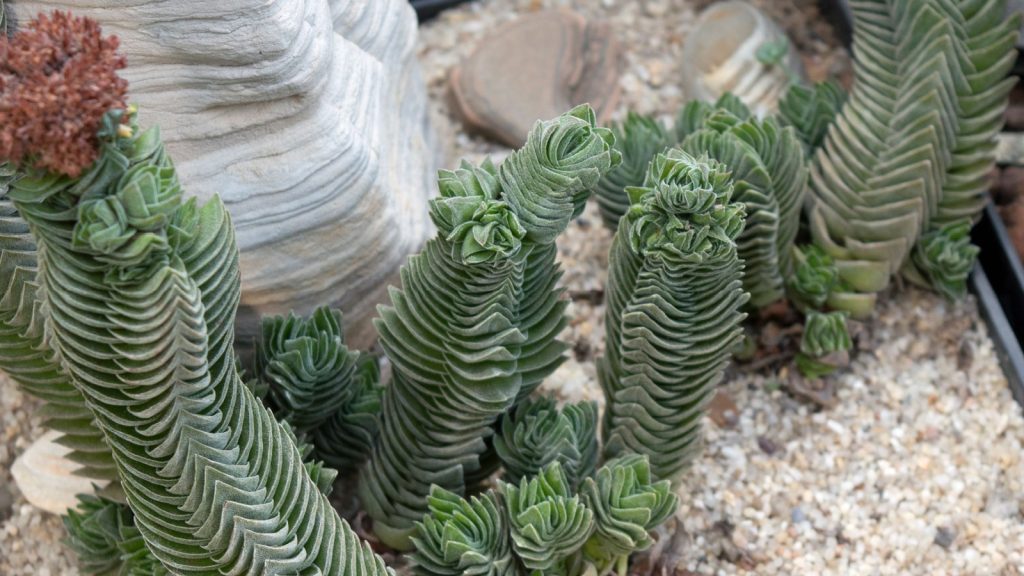
Crassula Buddha’s Temple is a striking succulent with tightly stacked leaves that form a square column. The leaves are arranged in four neat rows, creating a structure that resembles a pagoda or temple. This plant’s geometric precision and unusual growth pattern make it look like it was designed by an alien architect rather than evolving naturally on Earth.
Senecio Peregrinus (String of Dolphins)
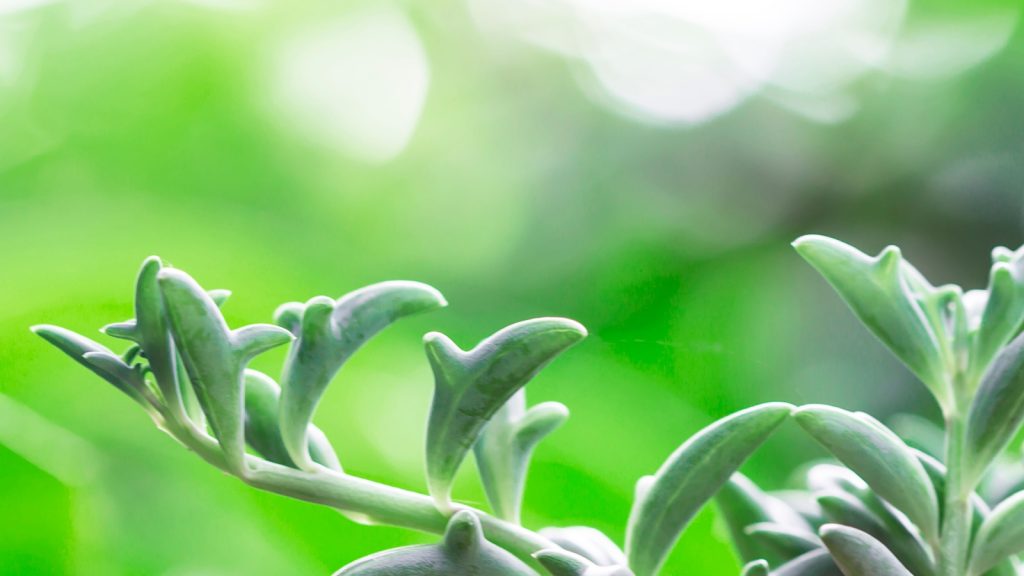
The Senecio peregrinus, or string of dolphins, gets its name from its leaves that are shaped like tiny leaping dolphins. This trailing succulent produces long strands of these dolphin-shaped leaves, creating a whimsical and otherworldly effect. Native to southwest Africa, this plant has become popular among succulent enthusiasts for its unique and playful appearance.
Pachypodium Namaquanum (Halfmens)
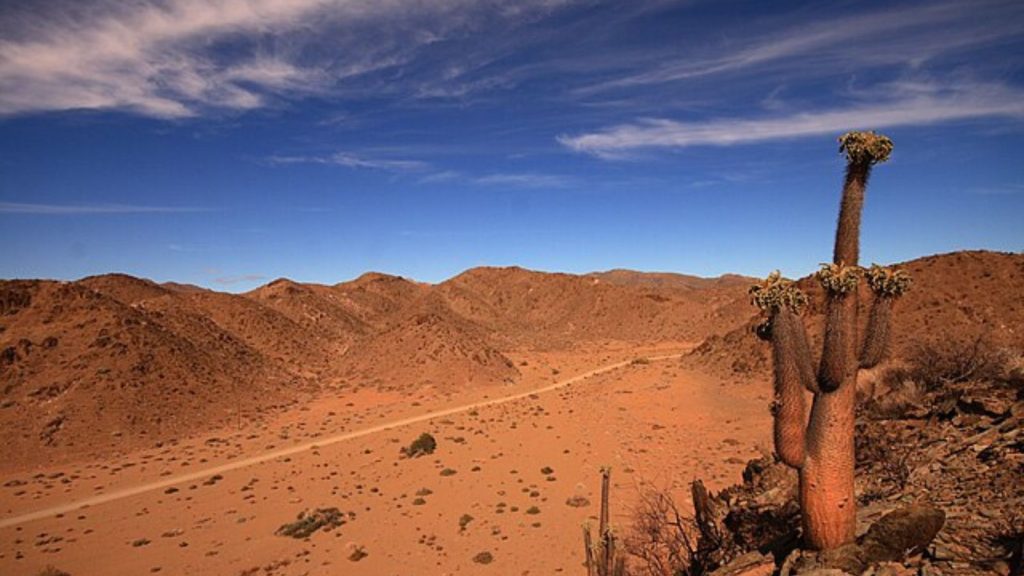
The Pachypodium namaquanum, known as halfmens (half-person), is a tall, spiny succulent that resembles a person wearing a cloak. This plant can grow up to 8 feet tall and has a thick, cylindrical stem covered in sharp spines. At the top, it produces a cluster of leaves and flowers that look like a hooded head, giving it an eerie, humanoid appearance.
Orbea Variegata (Starfish Flower)
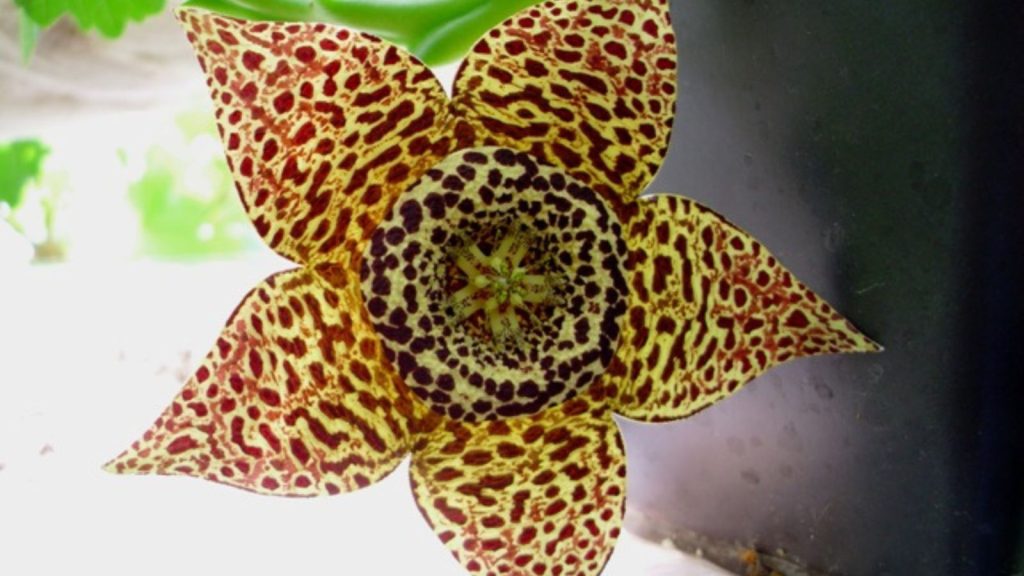
The Orbea variegata, or starfish flower, is known for its unusual star-shaped flowers that look almost artificial. These flowers are typically yellow with dark red spots, giving them a leopard-like pattern. The plant’s stems are thick and angular, adding to its alien appearance. When in bloom, the Orbea variegata looks like it could be a prop from a science fiction movie.
Pseudolithos Migiurtinus
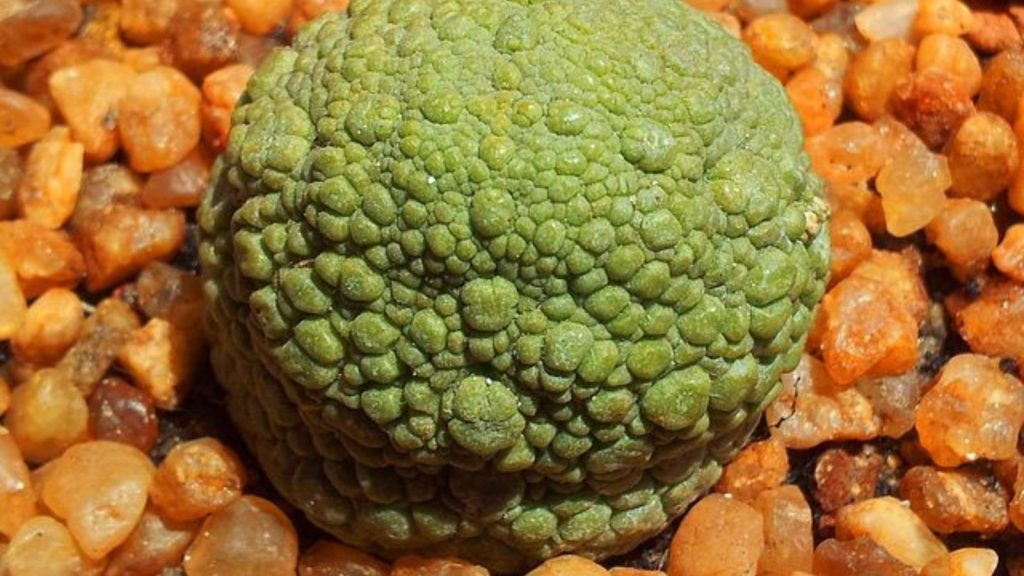
Pseudolithos migiurtinus is a rare succulent that looks more like a colorful rock than a plant. It has a round, bumpy body that can be various shades of brown, red, or purple. This plant produces small, star-shaped flowers that emerge from its body, adding to its otherworldly appearance. Native to Somalia, this unusual succulent is a prized addition to any collection of strange plants.
Hydnora Africana (Corpse Flower)
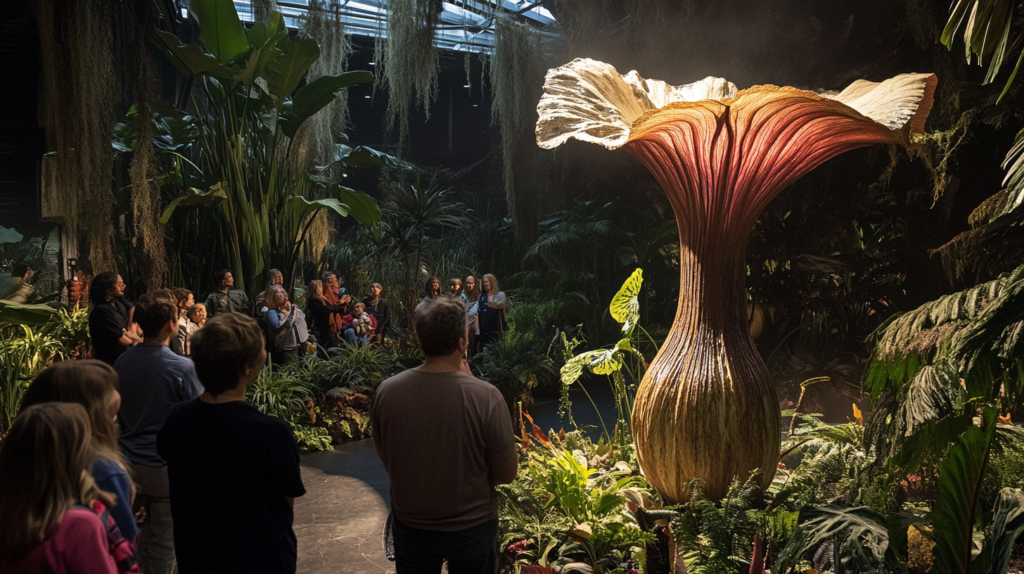
While not technically a succulent, the Hydnora africana deserves a mention for its alien appearance. This parasitic plant lives underground, with only its flower emerging above the soil. The flower looks like a fleshy, toothed mouth and emits a foul odor to attract pollinators. Its bizarre appearance and strange lifestyle make it seem like something from another world.
Euphorbia Flanaganii (Medusa’s Head)
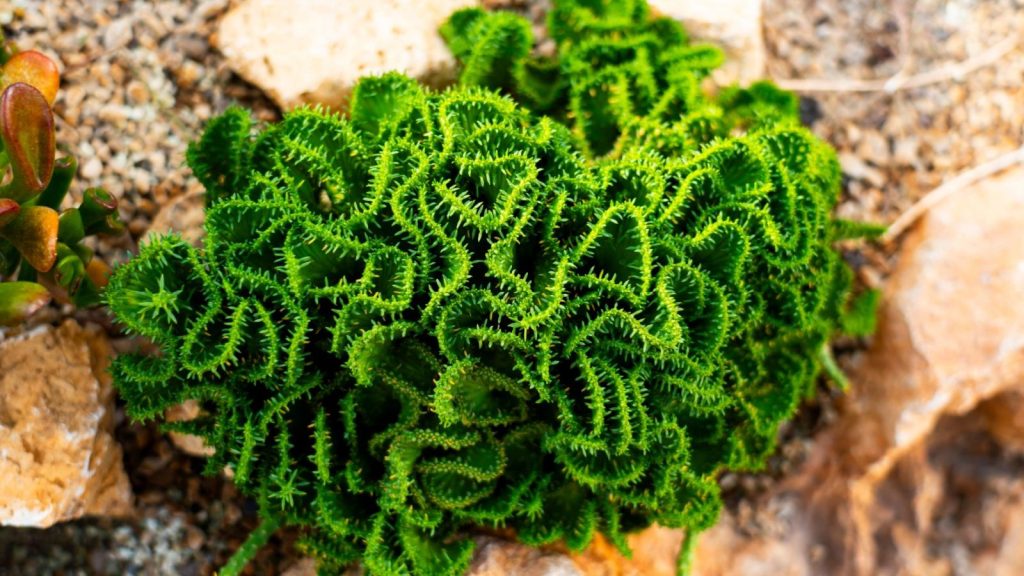
The Euphorbia flanaganii, or Medusa’s head, features a central stem surrounded by snake-like branches that curl and twist. These branches are covered in small, scale-like leaves, adding to the plant’s serpentine appearance. Native to South Africa, this succulent gets its name from its resemblance to the mythical Medusa’s head of snakes.
Alluaudia Procera (Madagascar Ocotillo)
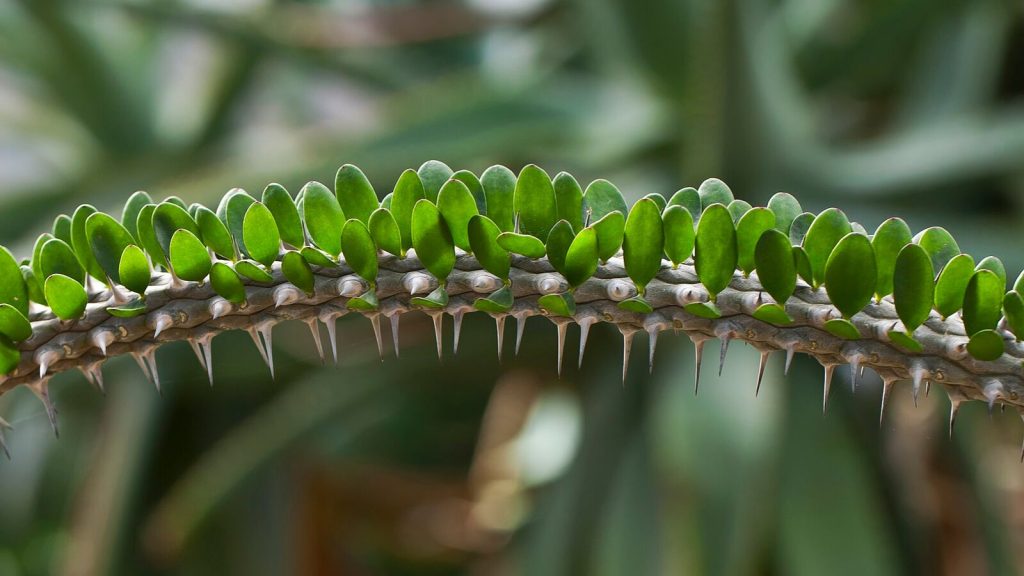
The Alluaudia procera, or Madagascar ocotillo, is a spiny succulent tree that looks like it belongs on an alien planet. It has a thick, spiny trunk that branches into smaller, equally spiny stems. Small, oval leaves grow directly from the spines, creating a unique and otherworldly appearance. This plant can grow quite tall, reaching heights of up to 60 feet in its native Madagascar.
Welwitschia Mirabilis
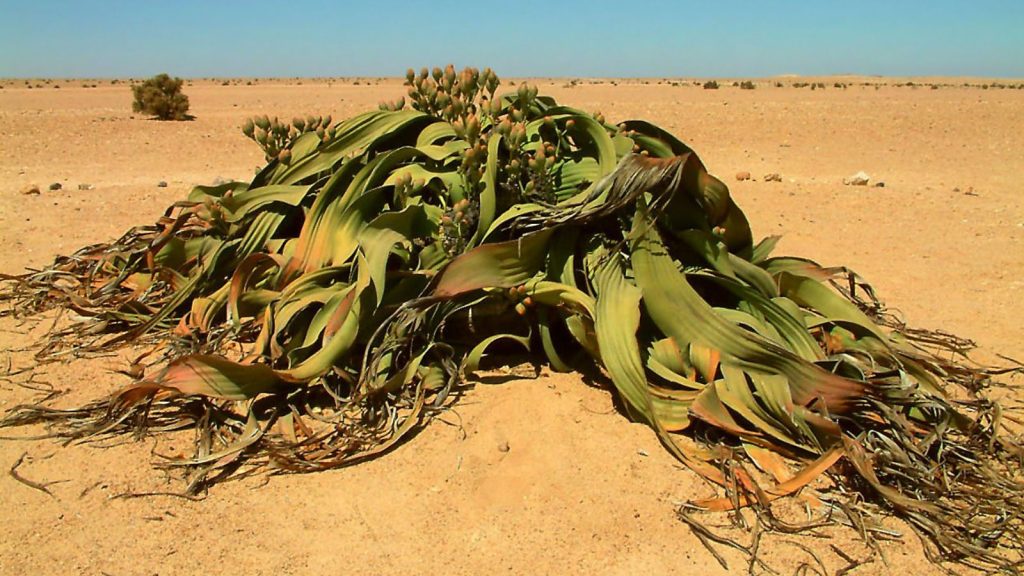
While not a succulent in the traditional sense, the Welwitschia mirabilis is a desert plant that looks decidedly alien. It consists of only two leaves that continue to grow throughout the plant’s life, which can span over 1,000 years. These leaves often split and fray, giving the plant a tangled, tentacle-like appearance. Found in the Namib Desert, this plant is often referred to as a “living fossil.”
Echeveria ‘Cubic Frost’
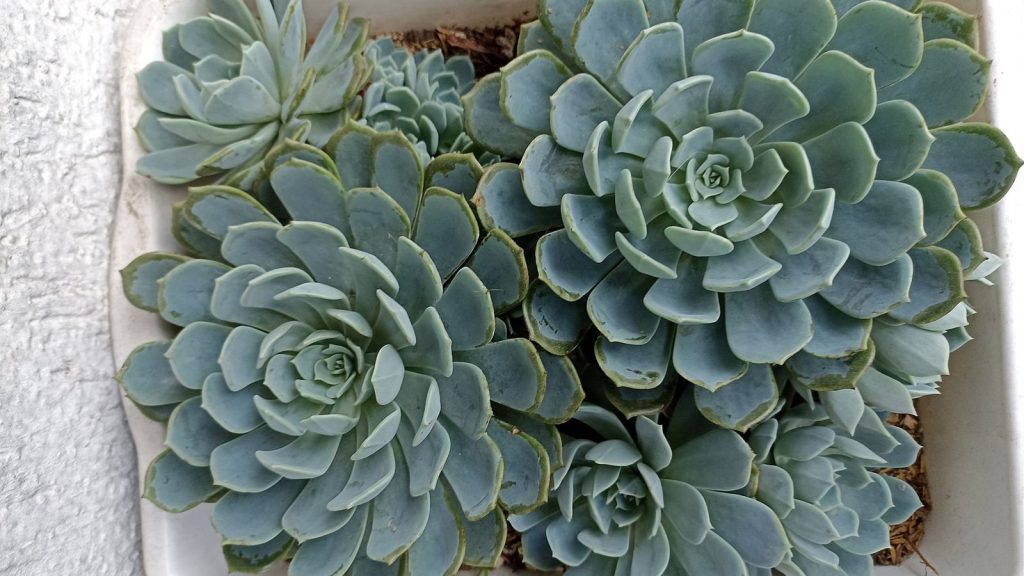
The Echeveria ‘Cubic Frost’ is a cultivar that looks like it’s made of geometric shapes rather than organic matter. Its leaves are thick and pointed, with a powdery blue-purple color that adds to its otherworldly appearance. The leaves grow in a perfect rosette pattern, creating a symmetrical form that looks almost too perfect to be natural. This striking succulent is a favorite among collectors for its unique color and shape.

